My last interview in Wellington was with a GP in a small family practice. He estimated 50% of his patients were older adults; so, he was keen to talk about dementia care. I think I have been here long enough to have some Kiwi expressions creep into my speech: keen to, go to hospital, and of course kia ora(Maori for hello or literally translated as “be well”, “be healthy” or “have life”). I am so fortunate to have had the opportunity to speak to some many health care providers here and learn about the rewards and challenges of their practices.
My last day in New Zealand was spent in Auckland. Google Maps was once again my savior as it pointed me toward the best way to get up to the North Shore Hospital for my last interview. I chose an express bus from the airport and short walk to the hospital (50 minutes). As usual, I had extra time and stopped for a date scone and my last flat white. I was rewarded for my efforts by the time I spent with a very experienced clinician who has implemented exactly what I would like to do in Vermont. What a way to finish up!
I’ve started to sort my interview data and get it ready for input into the HyperResearch program. This sabbatical has certainly accomplished the intent of “learning something new” and the learning is far from over. Thank you for following this blog, my first, and I hope it gave a favor of this research project and the lovely country of Aotearoa. Now my work clearly lies ahead… analyses and dissemination with the help of my colleagues Dr. Betty Rambur, Lori McKenna, Dr. William Pendlebury and Dr. Michael Lamontia.
E noho ra! (Maori goodbye)
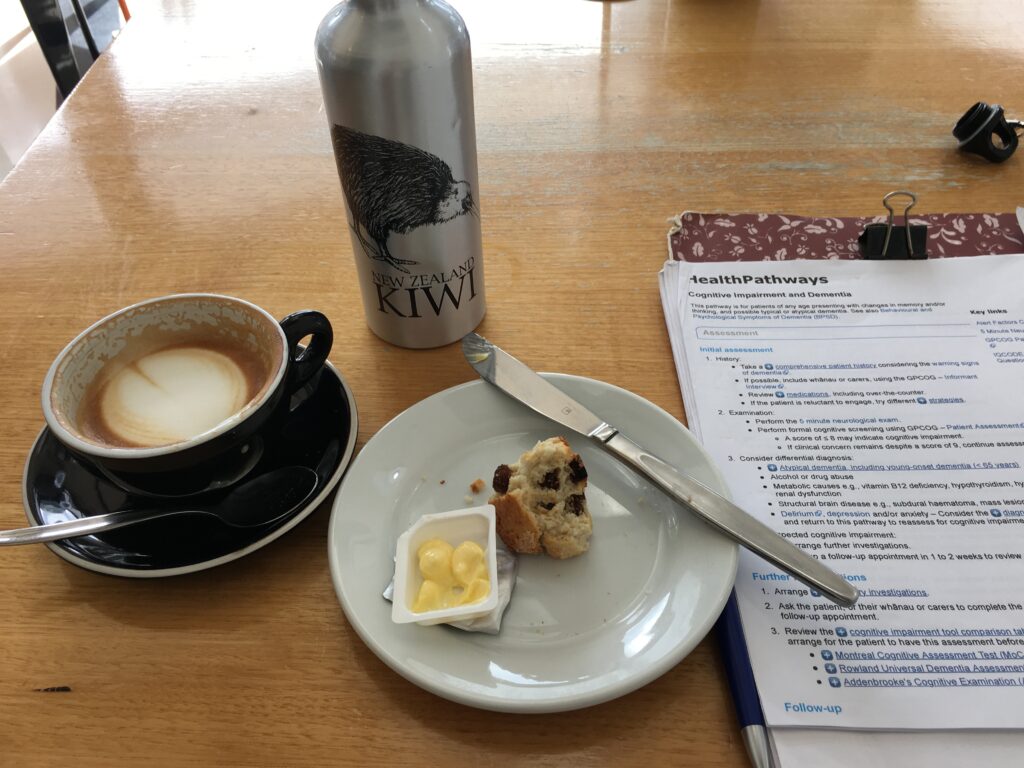

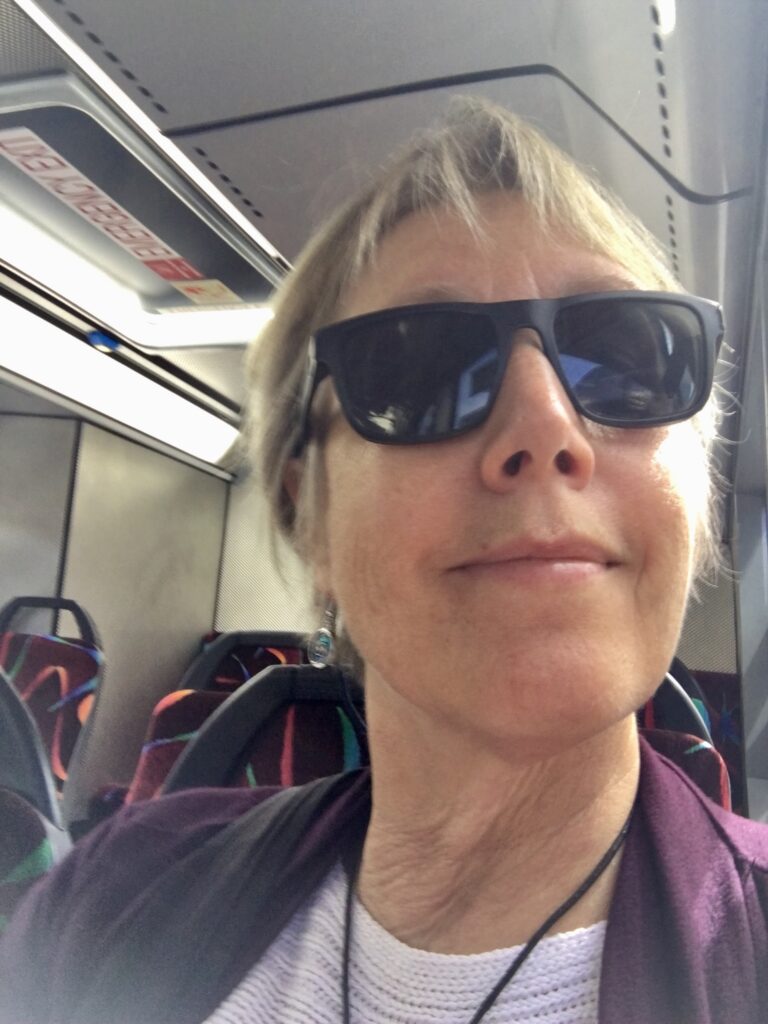
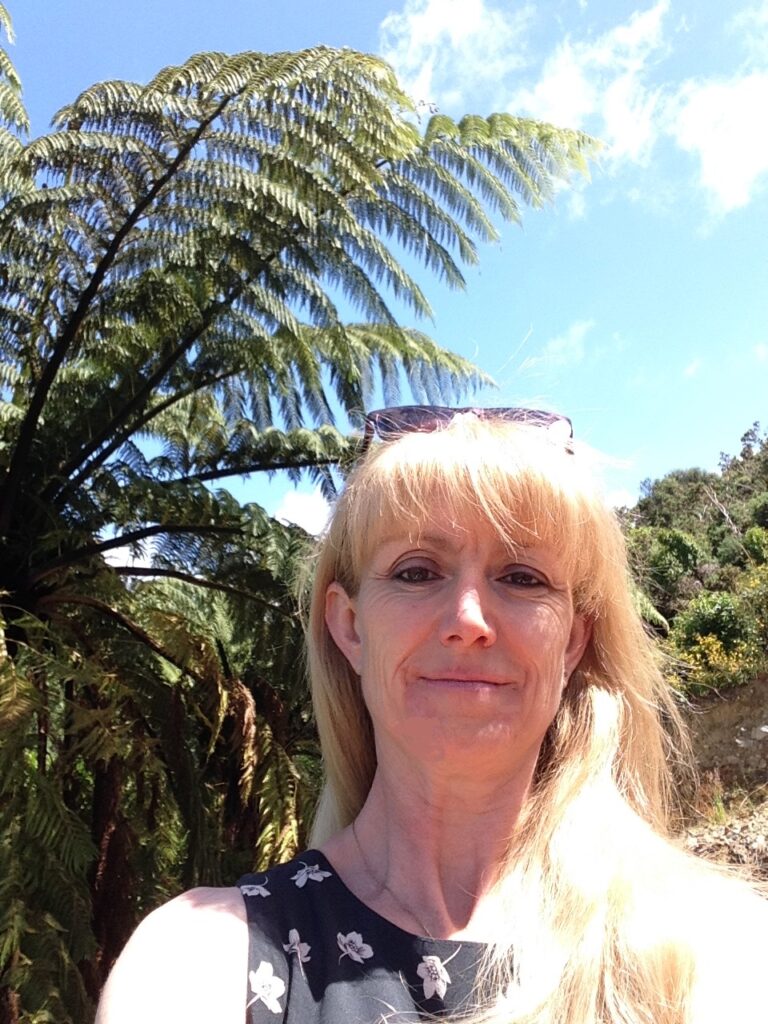
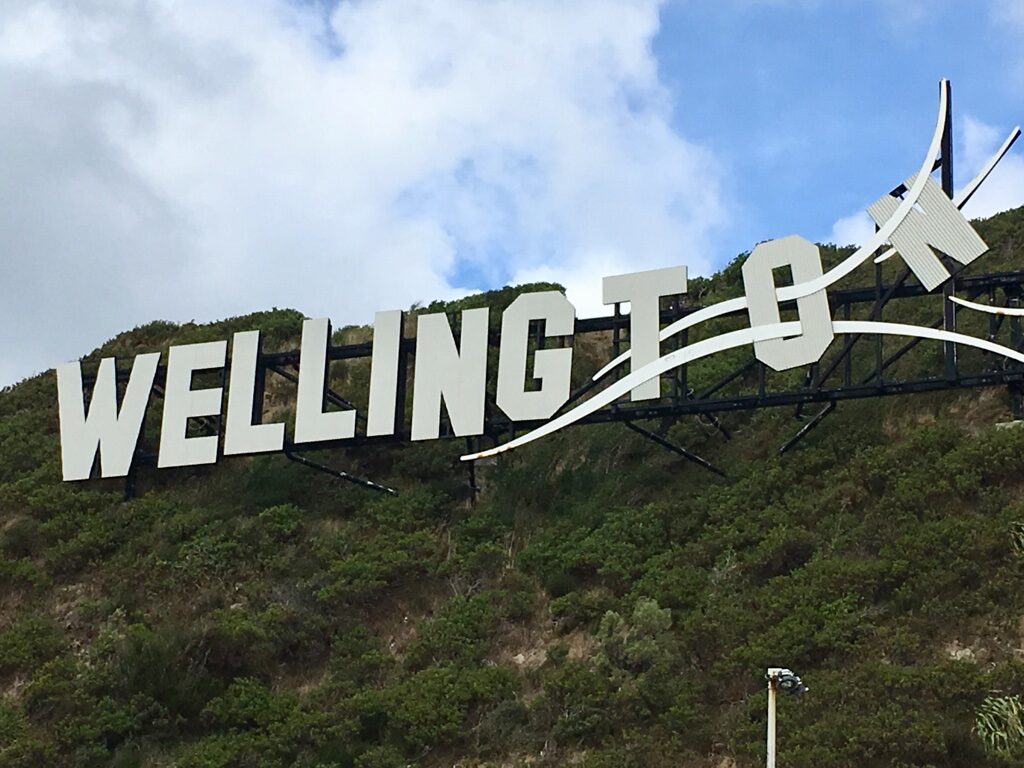
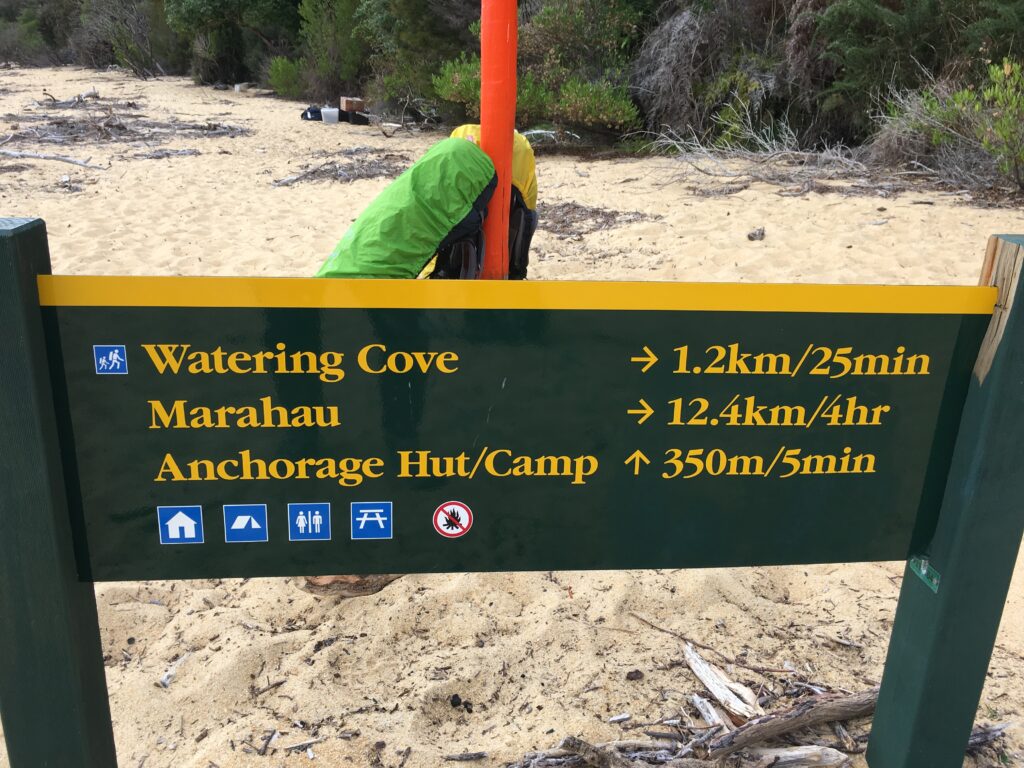
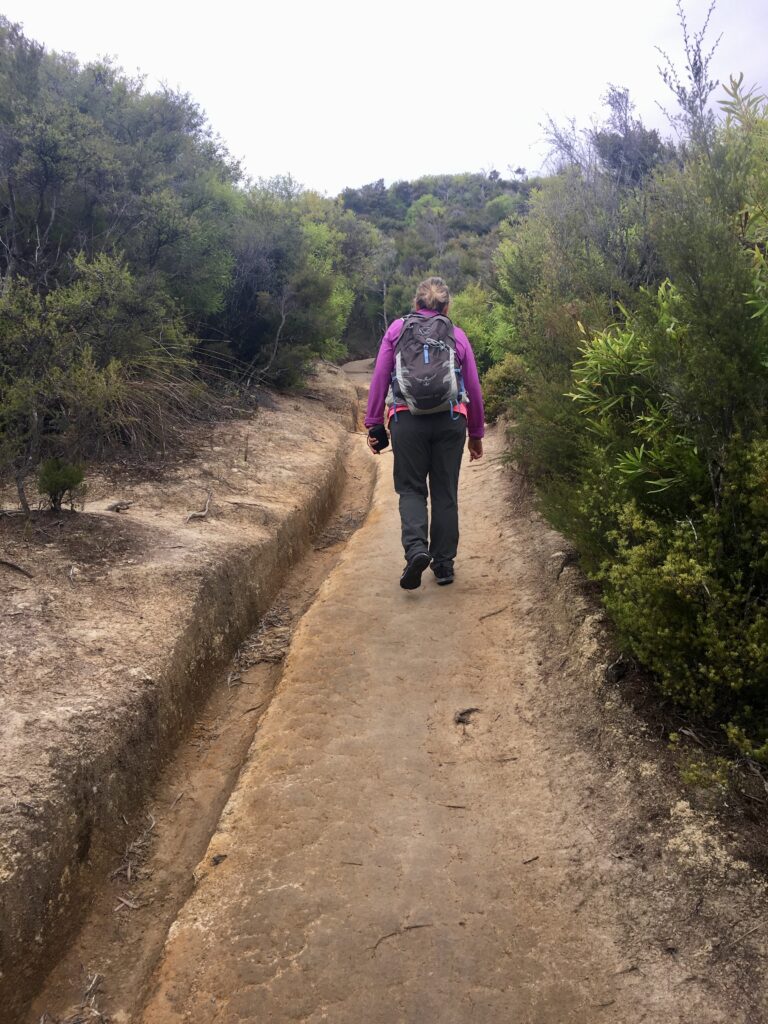
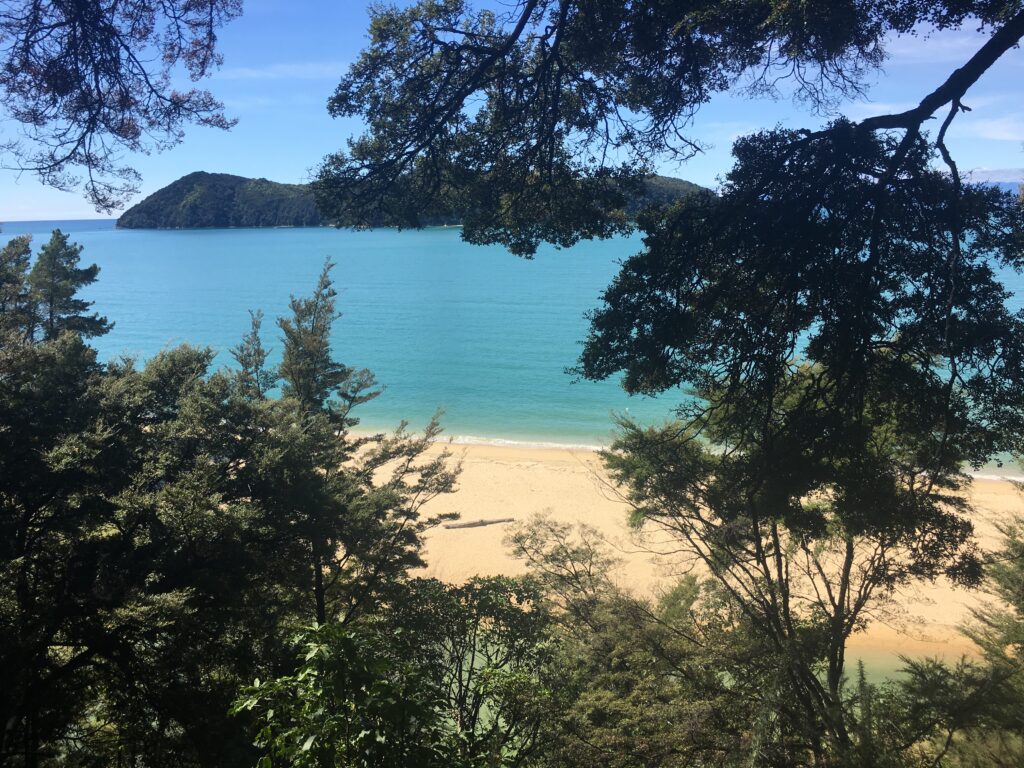


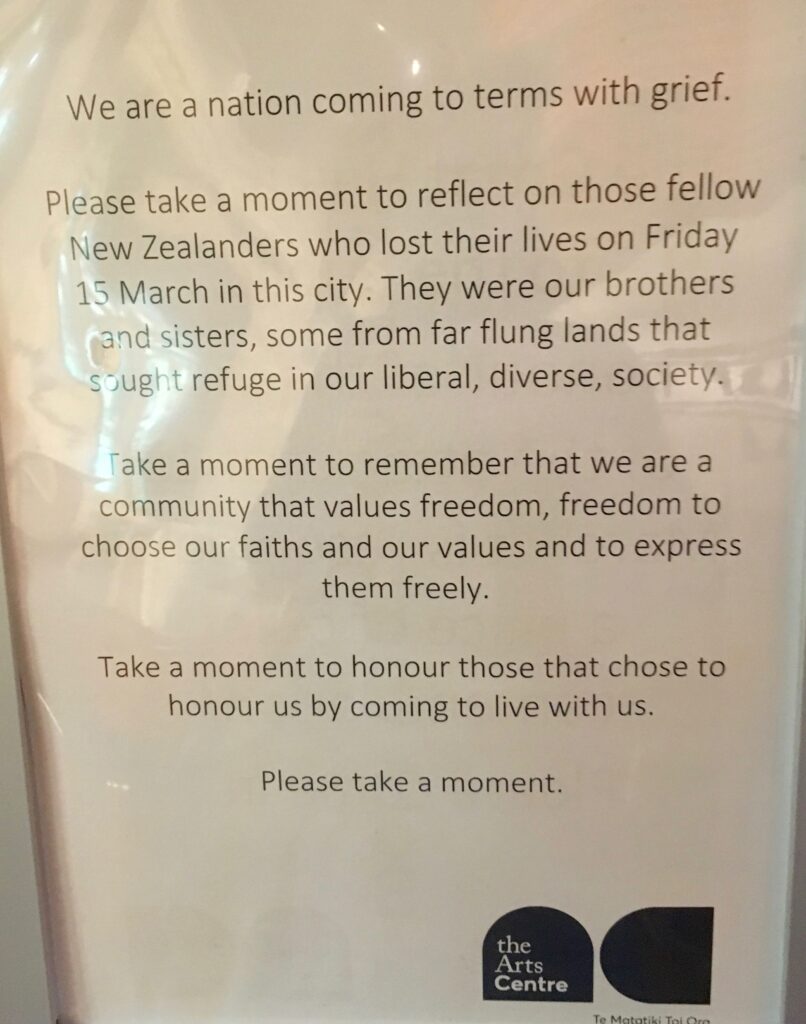




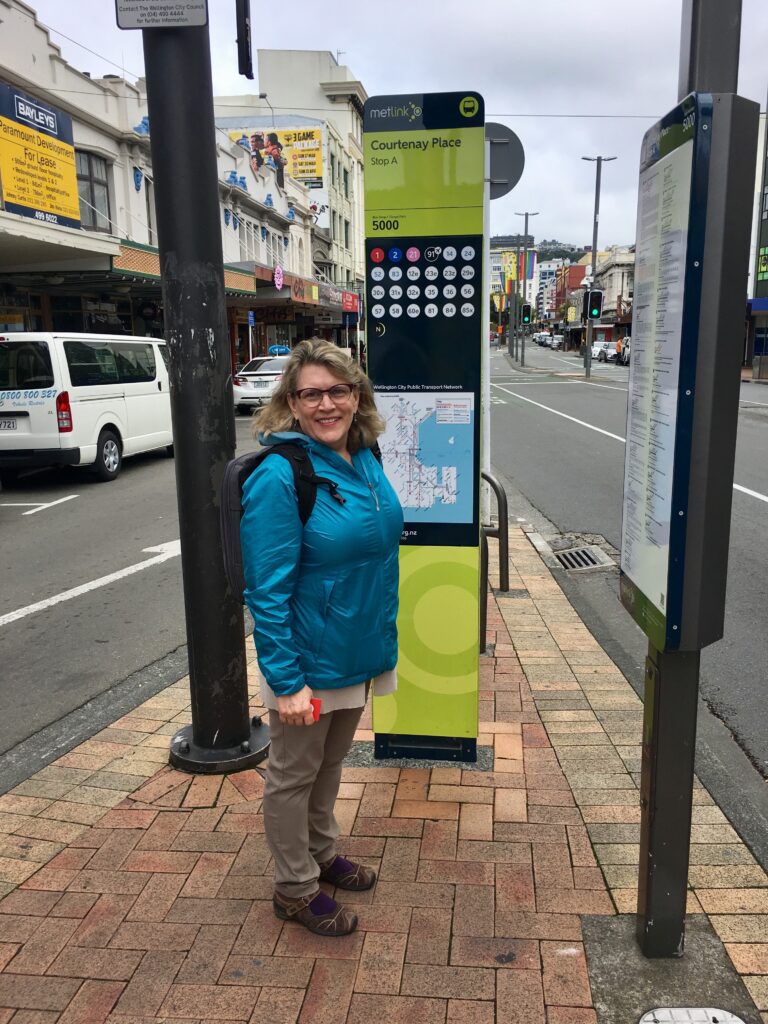
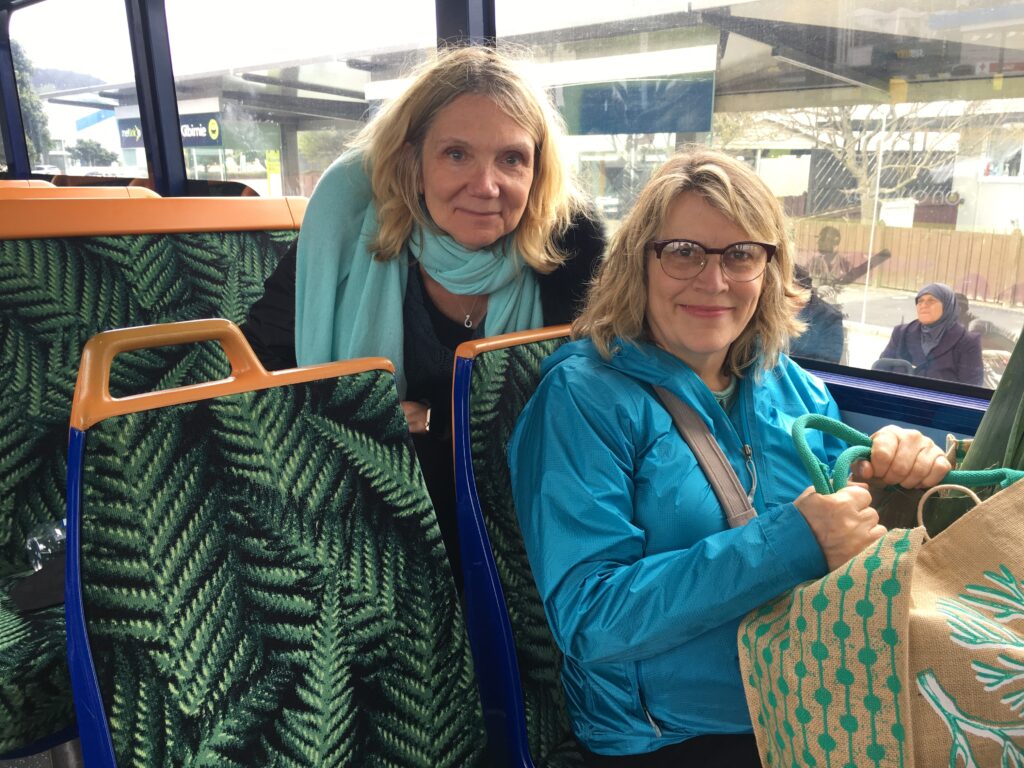
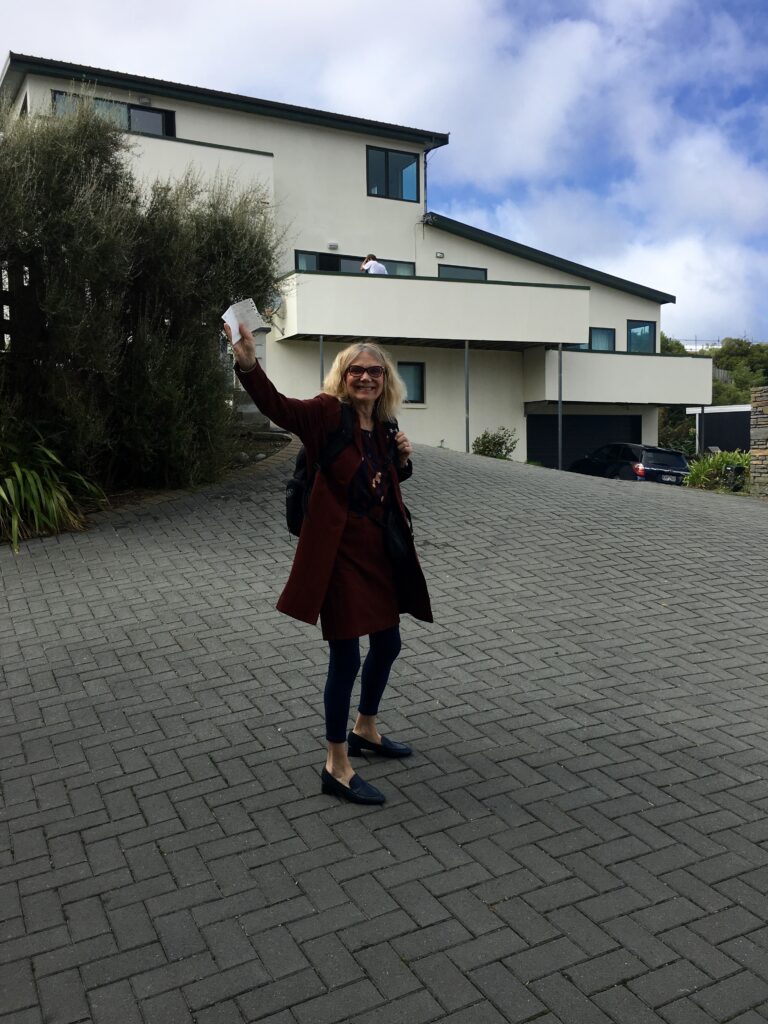
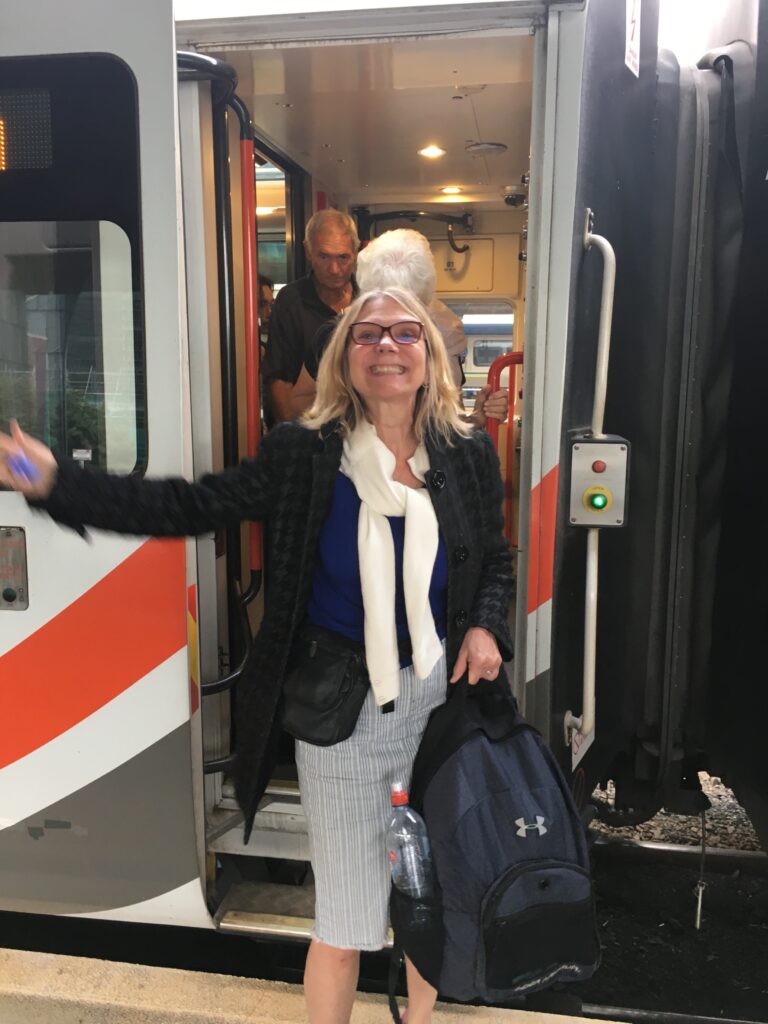
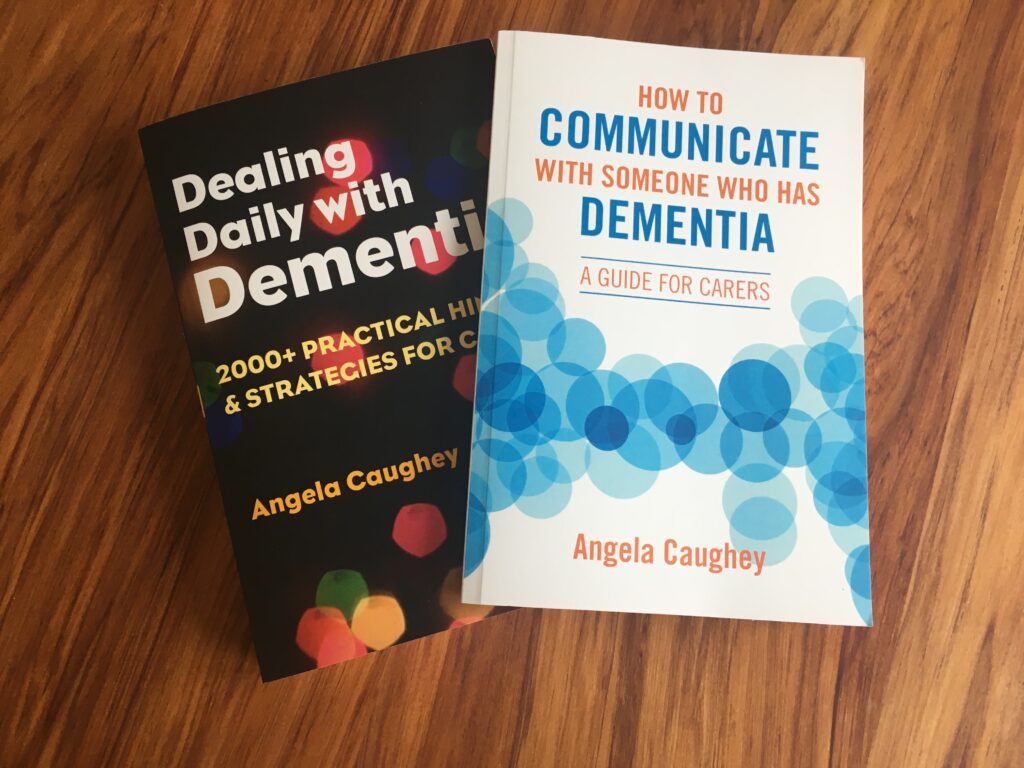


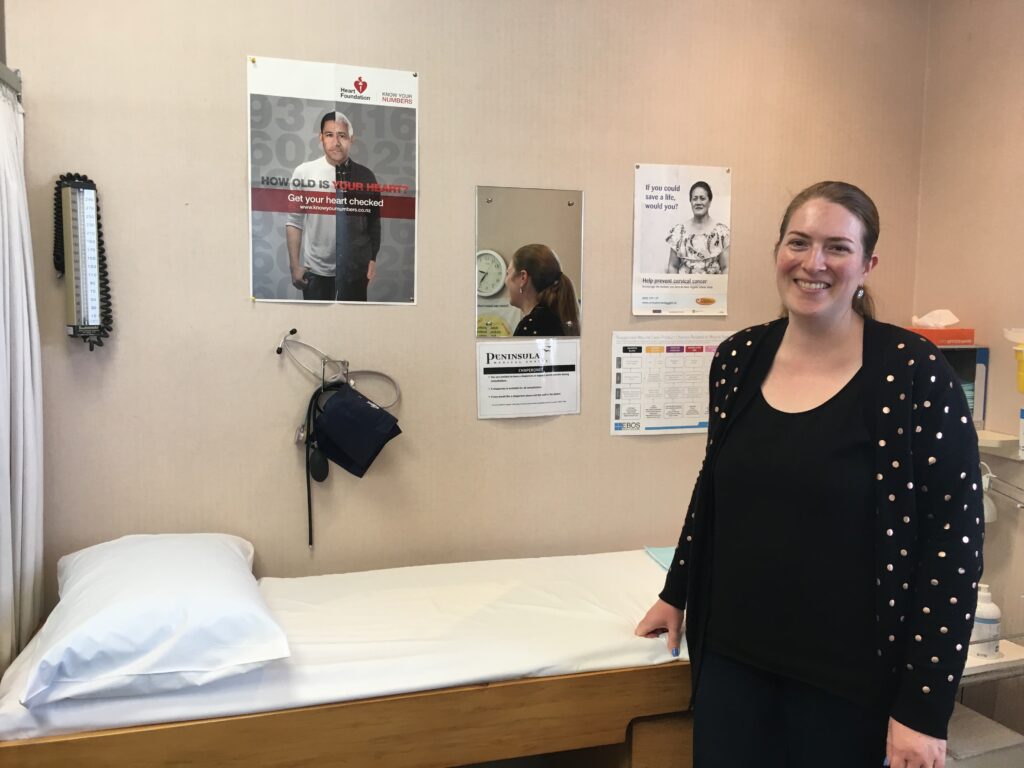
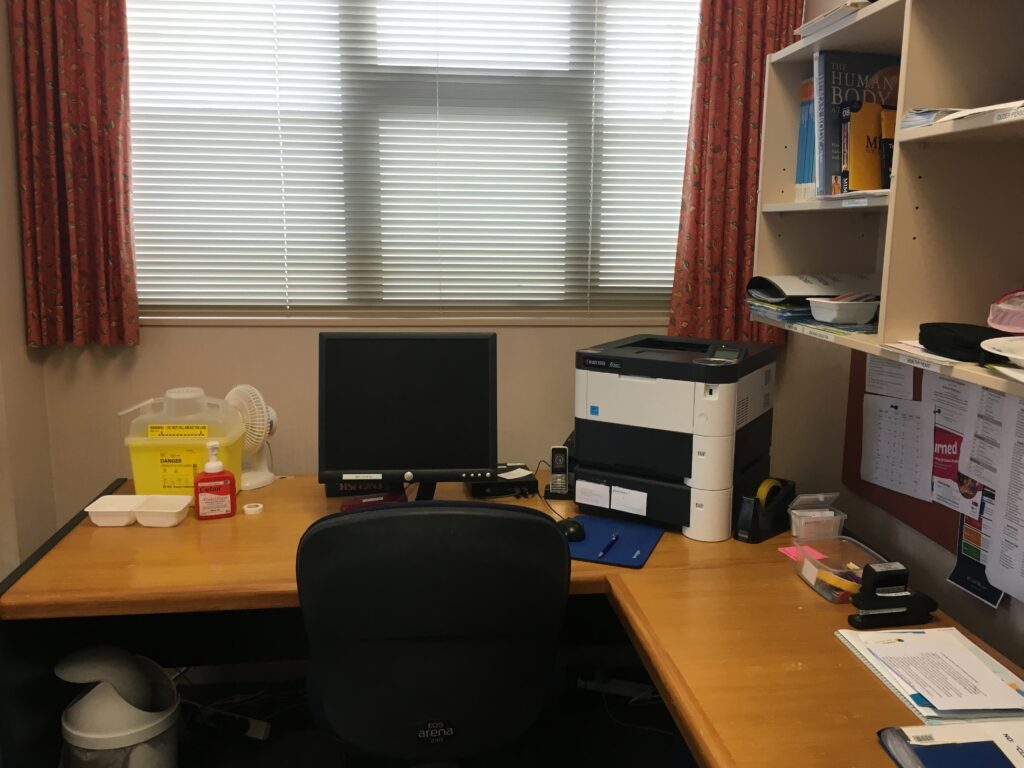


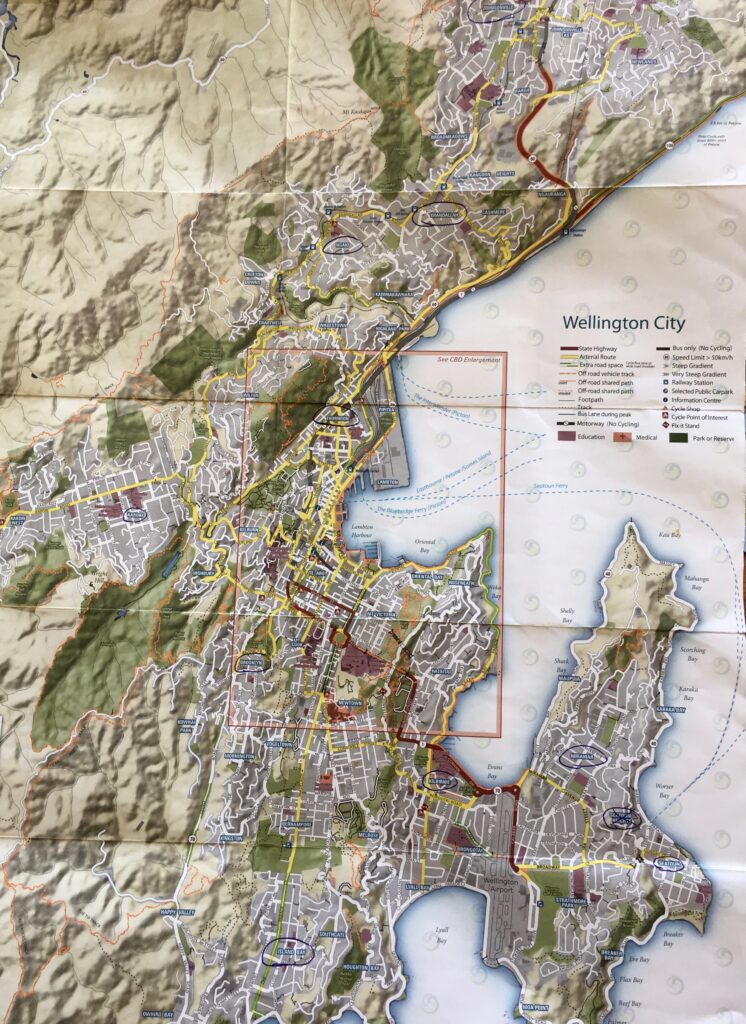


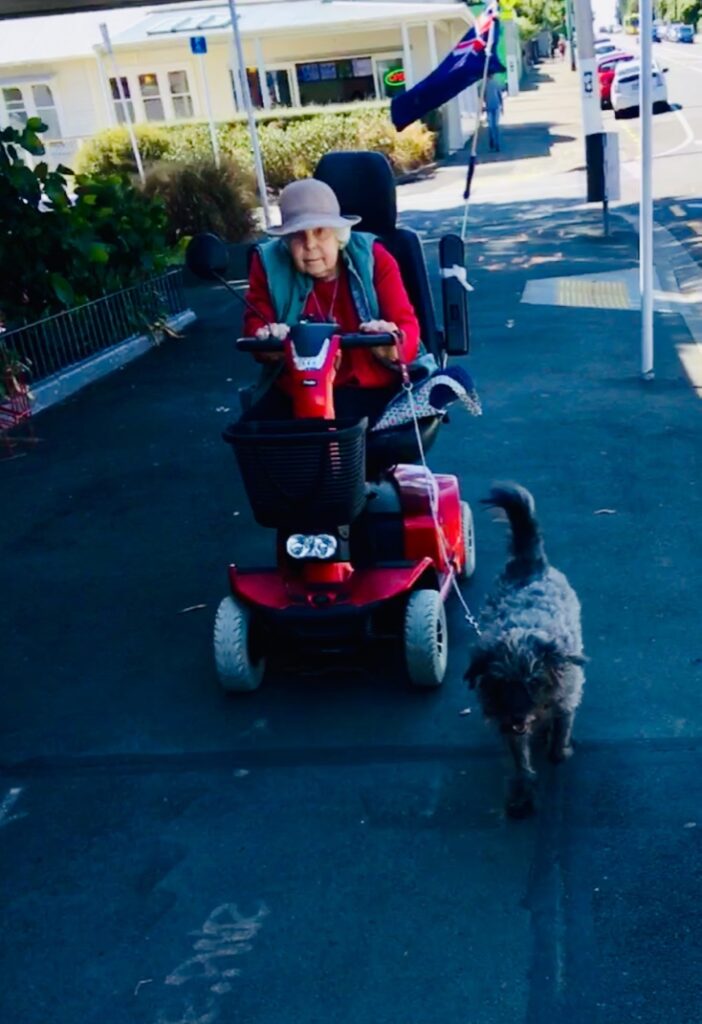
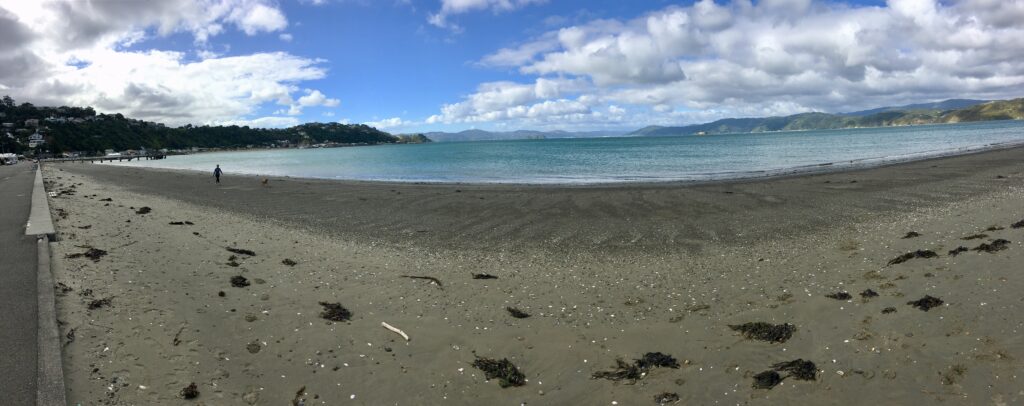
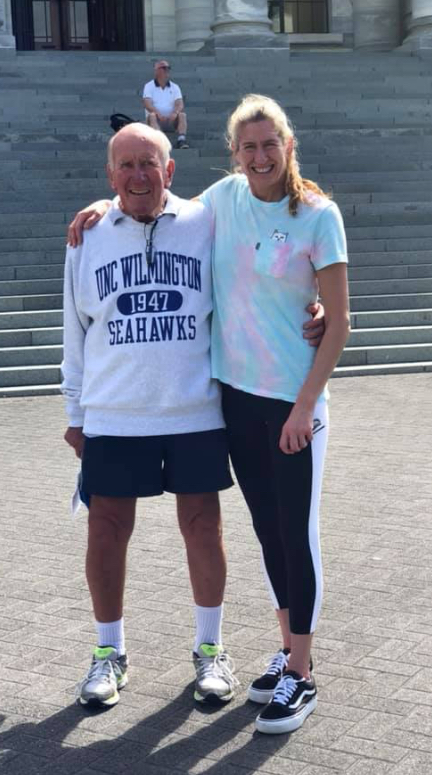
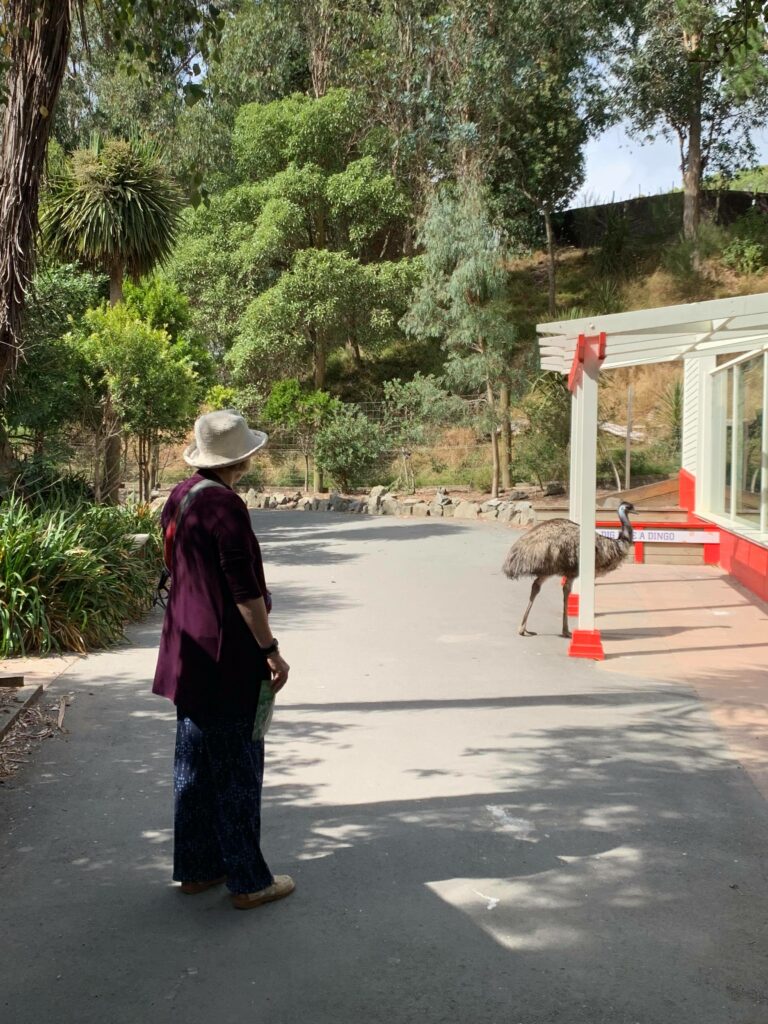

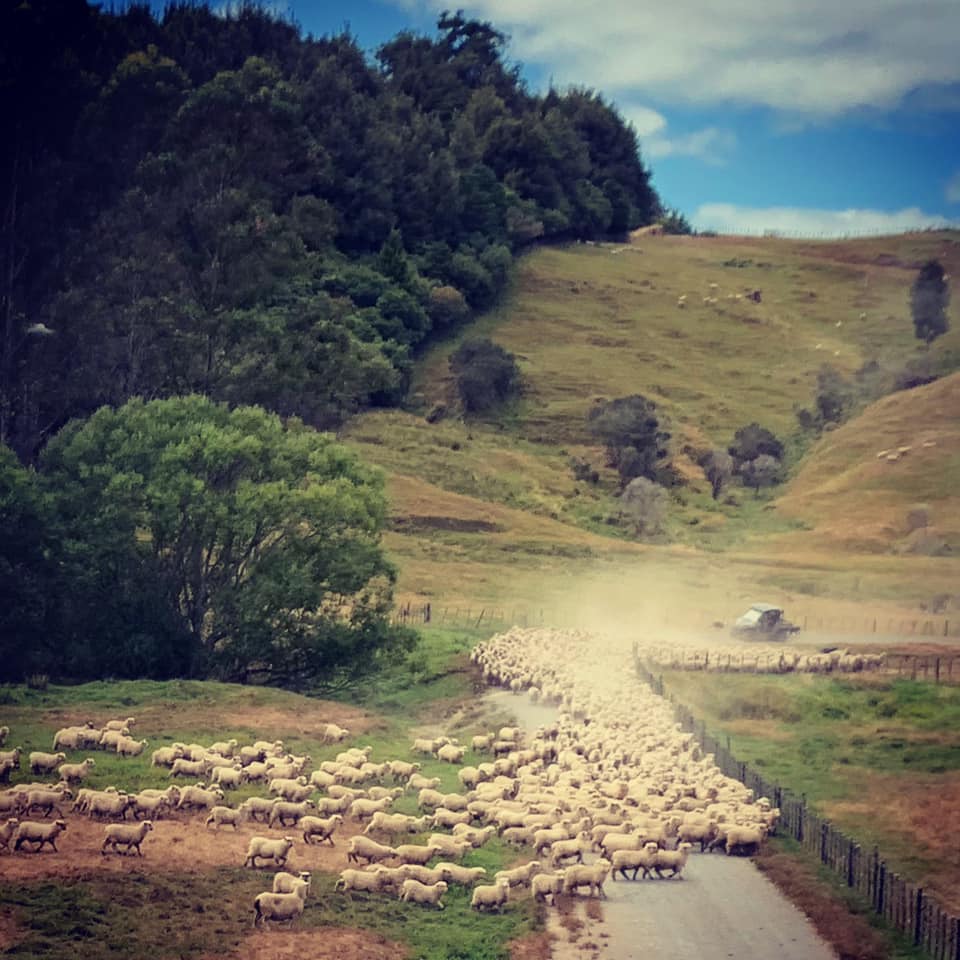
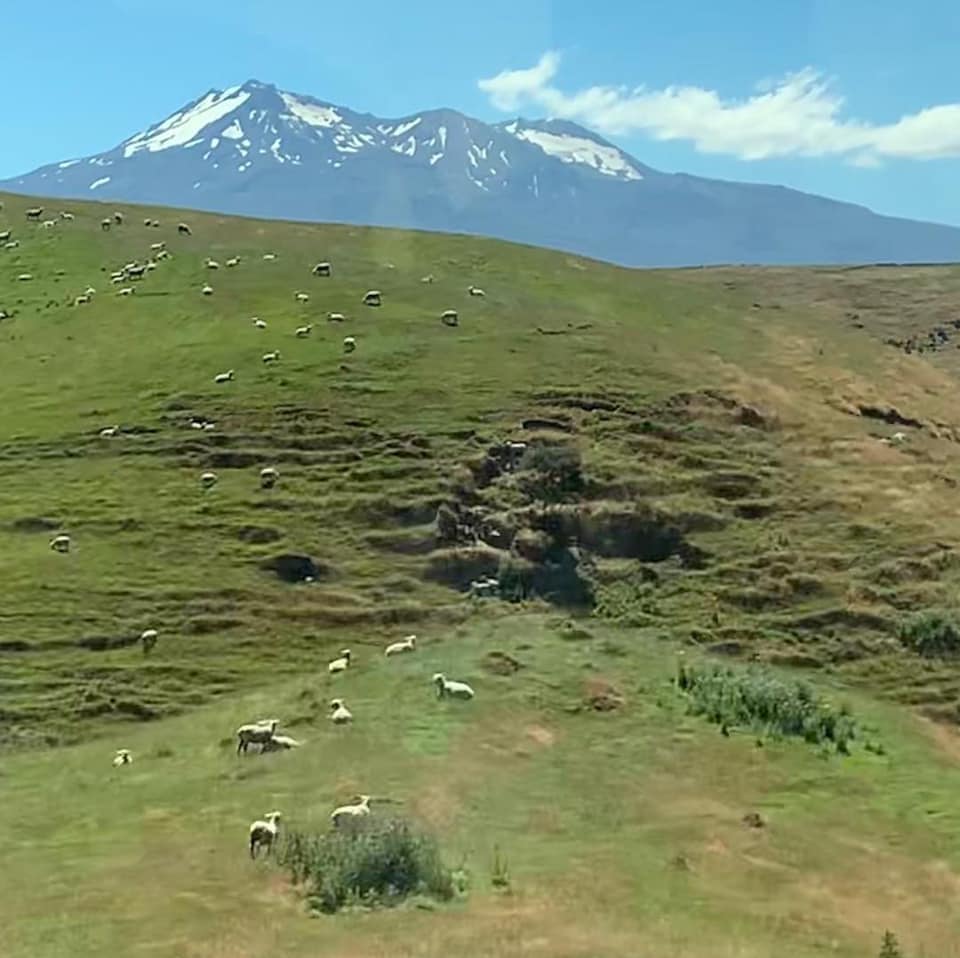
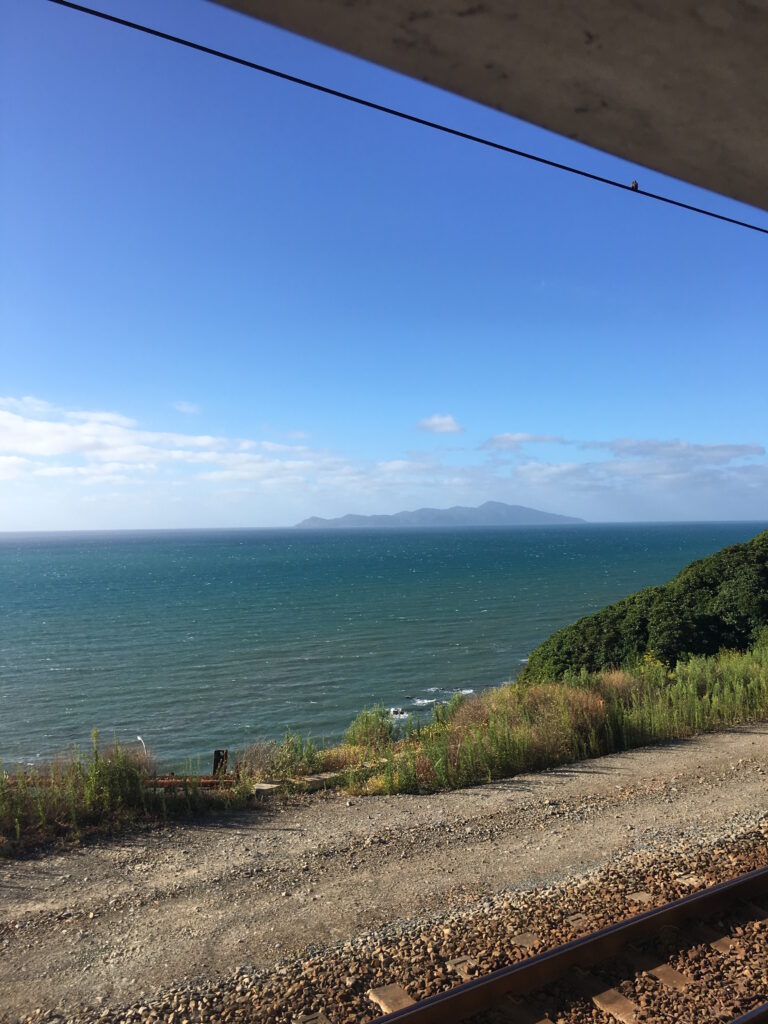
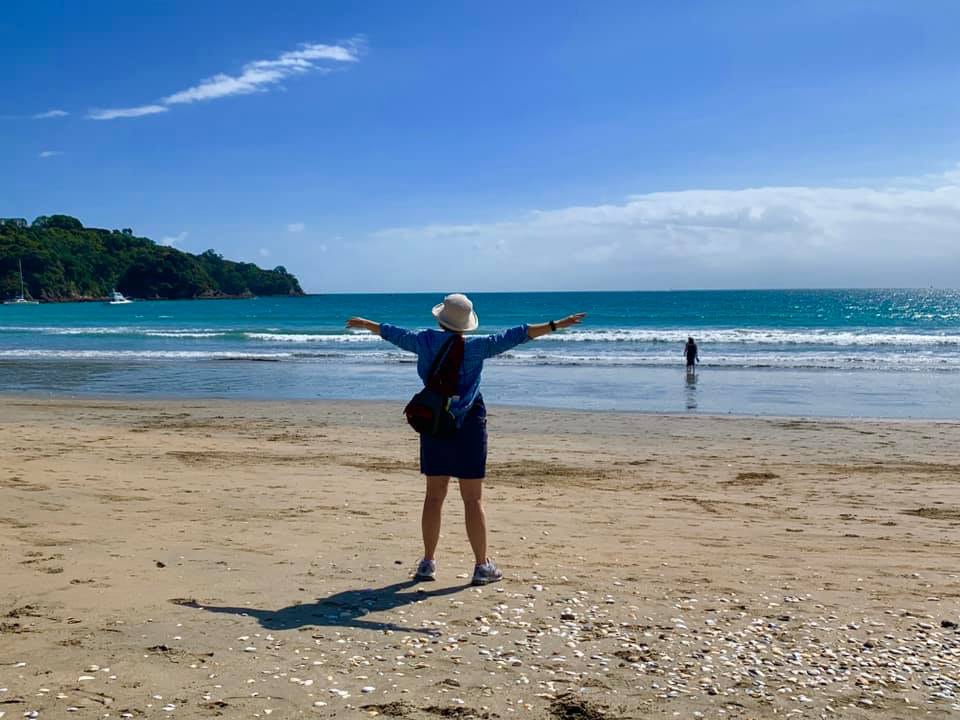
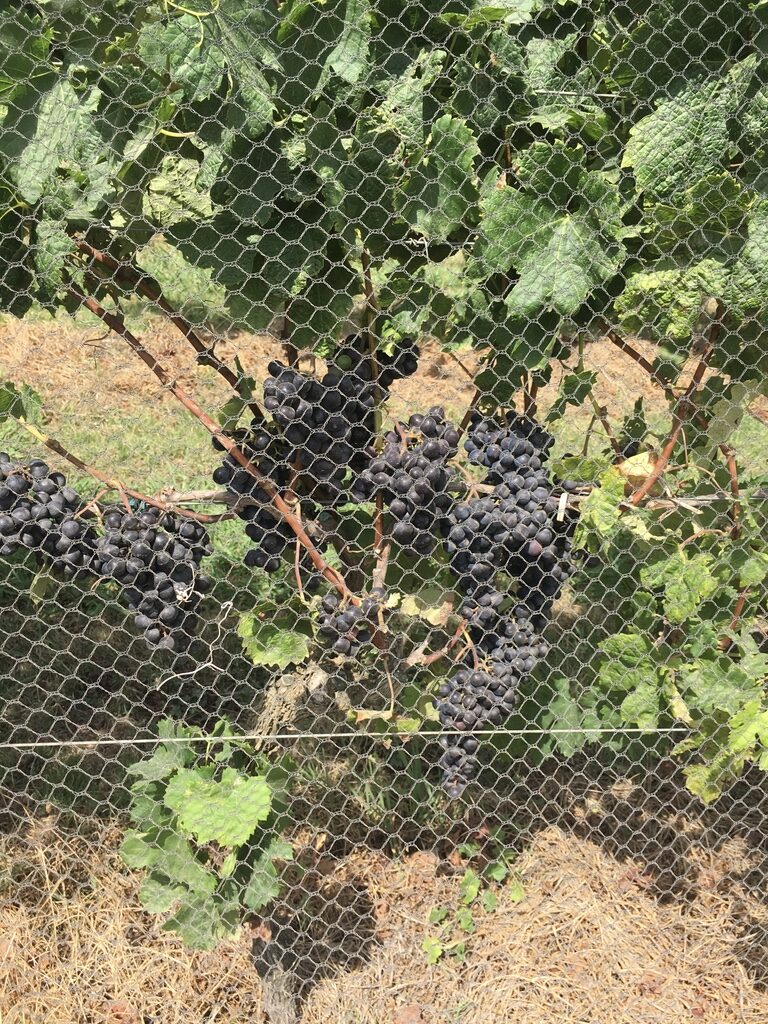

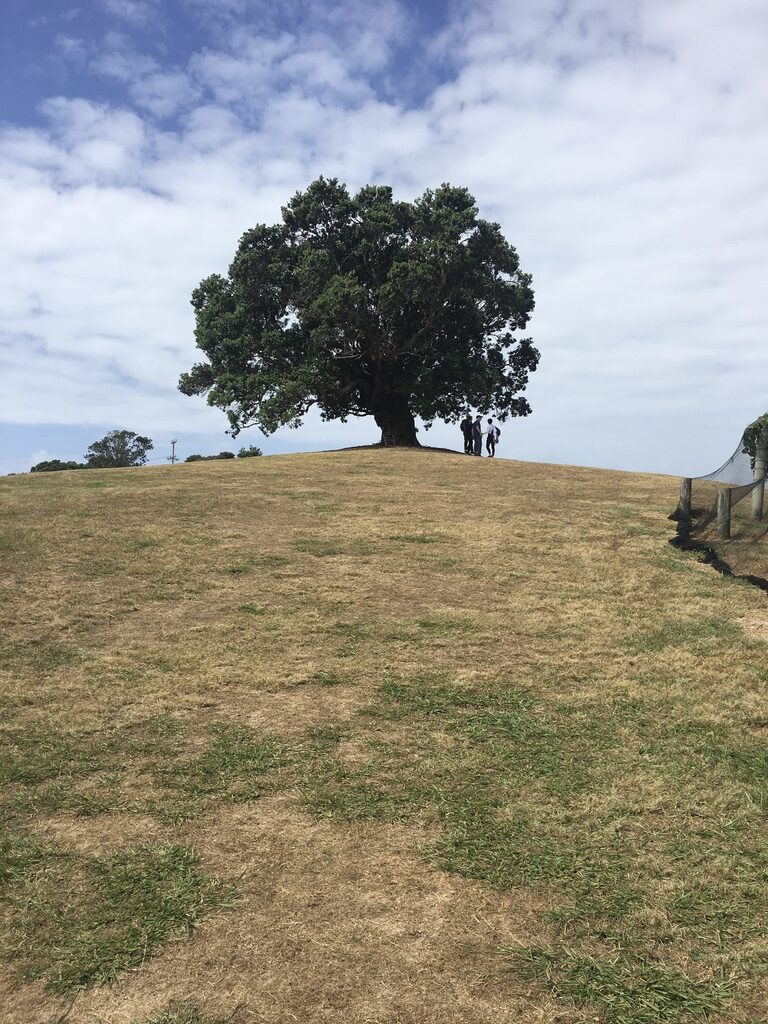

Recent Comments